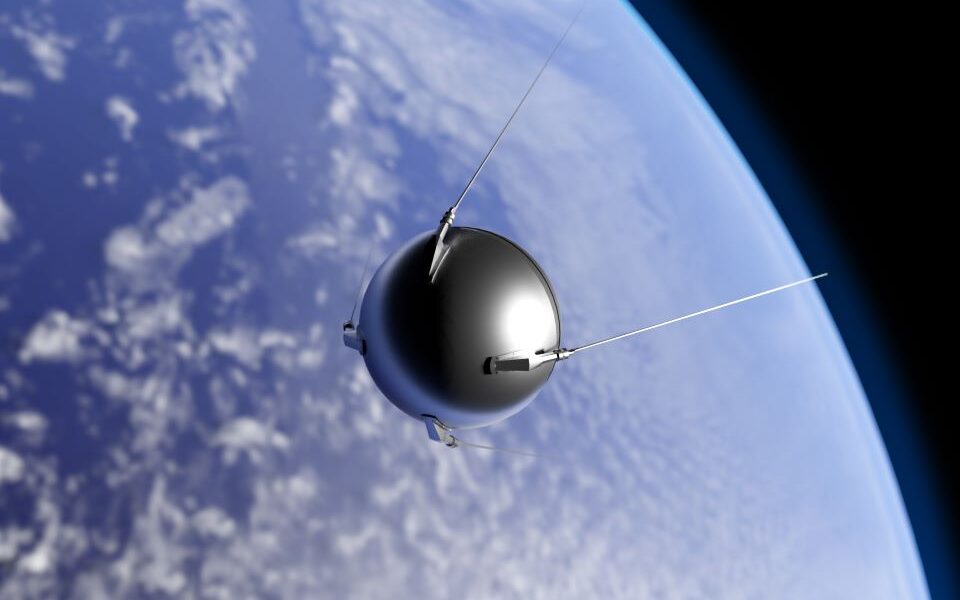
October 4, 1957
The Soviet Union launched Sputnik 1, the first man-made satellite. Sputnik’s “whistling, whistling” is heard across the land, awakening Americans to dreams of hegemony and nightmares of nuclear attack. On this day, the Space Age opened and the race between the Americans and the Soviets to conquer it.
The Soviet space program made a series of first steps in the late 1950s and early 1960s: the first man in space, the first woman, the first three men, the first spacewalks, the first spacecraft to touch the Moon, the first orbit around the Moon, the first collision on Venus, and the first A spacecraft that lands smoothly on the moon.
But the United States made a big leap in the space race in the late 1960s with the Apollo program, which successfully landed two astronauts on the moon in July 1969.
10 things you do not know about Sputnik
1. As the New York Times explained shortly after its launch, Sputnik means “something that travels with a traveler.” “The traveler is the Earth, he travels through space, and what he travels with is the satellite,” the newspaper wrote.
2. The moon was about the size of a basketball and weighed about 80 kilograms.
3. It was traveling at nearly 30,000 km/h, 500 miles above the Earth’s surface.
4. It flew over Earth every 98 minutes, and flew over the United States seven times a day.
5. The satellite carried a simple radio transmitter, and sent a “beep, beep, beep” signal to Earth for 23 days.
6. October 27, 1957: Transmission halted as the radio transmitter’s battery was believed to have run out.
7. The Sputnik satellite remained in orbit until January 4, 1958, when it re-entered the Earth’s atmosphere and burned up.
8. Sputnik 2 was launched on November 3, 1957, carrying the first living creature into space: a dog named Laika. This satellite was six times heavier than the first. But there was no plan to safely return the dog to Earth, so the animal died in space. Although the Soviets secured his food and water, he is estimated to have lived no more than a few hours, due to the extremely high temperatures.
9. The Americans fell asleep because of the Soviet advance, which occurred in the middle of the Cold War. Immediately, they were overwhelmed with admiration and awe, accompanied by feelings of panic and paranoia, as many wondered if the Soviets had the ability to launch missiles that could reach American soil.
10. The United States responded by launching its first satellite, Explorer I, on January 31, 1958. In the same year, Congress passed the National Aeronautics and Space Act, which created NASA.
moneyreview.gr
Read also:
“Gagarin in a Skirt”: how the first woman went into space
Fifty years later: the real reason why man hasn’t returned to the moon
Neil Armstrong: How long did it take to walk on the moon and the secret of $6 million
Follow Money Review on Google News

“Avid problem solver. Extreme social media junkie. Beer buff. Coffee guru. Internet geek. Travel ninja.”





More Stories
In Greece Porsche 911 50th Anniversary – How much does it cost?
PS Plus: With a free Harry Potter game, the new season begins on the service
Sony set to unveil PS5 Pro before holiday season – Playstation